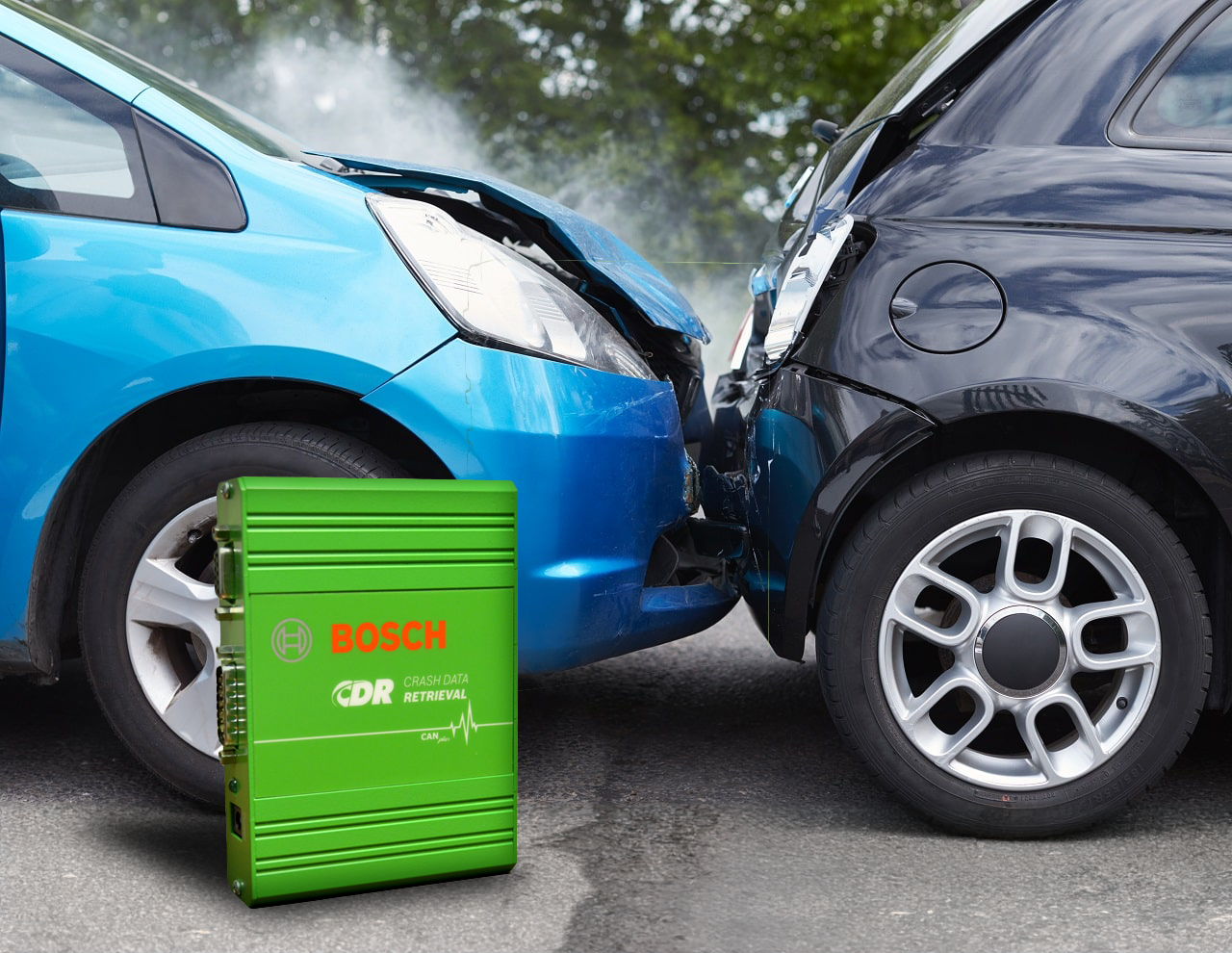Understanding Event Data Recorders (EDRs) and Their Importance
Learn about the critical role of Event Data Recorders in crash investigations and how they provide invaluable insights.
Close-Up of an Event Data Recorder Device
A detailed view of an Event Data Recorder (EDR) device, crucial for capturing vehicle data during accidents.
What Are EDRs?
Event Data Recorders (EDRs), often referred to as the "black boxes" of vehicles, are devices installed in cars and trucks to record specific technical vehicle data and occupant information before, during, and after a crash. These devices capture crucial data points such as speed, brake application, steering angle, and seatbelt usage, which are essential for reconstructing accidents and understanding vehicle dynamics.
Importance in Crash Investigations
Accurate Data Collection
EDRs play a vital role in providing accurate and objective data about the moments leading up to and during a crash. This information is invaluable for accident investigators, helping them to reconstruct the sequence of events with high precision. Unlike human witnesses, who may have subjective or flawed recollections, EDRs provide consistent and reliable data.
Insights into Crash Dynamics
The data recorded by EDRs offers deep insights into the dynamics of a crash. For instance, it can show whether the brakes were applied before impact, the speed of the vehicle, and the angle of steering. This information is crucial for understanding the causes of the accident and can help determine liability in legal cases.
Technological Advances
Improved Data Retrieval
Advancements in technology have made it easier to retrieve and analyze data from EDRs. Modern data retrieval tools can extract information quickly and accurately, even from severely damaged vehicles. These tools are compatible with a wide range of vehicle models and EDR types, ensuring comprehensive data collection.
Integration with Other Systems
EDRs are increasingly being integrated with other vehicle systems, such as advanced driver assistance systems (ADAS) and telematics. This integration allows for a more holistic view of the vehicle's performance and the events leading up to a crash. For example, data from ADAS can provide additional context about the vehicle's interactions with its surroundings.
Case Studies
Real-Life Applications
In a recent investigation, data from an EDR helped determine the cause of a multi-vehicle collision. The EDR data revealed that the driver of one vehicle had not applied the brakes before impact, contradicting the driver's statement. This objective data was crucial in accurately reconstructing the events and determining liability.
Legal Implications
EDR data has been pivotal in several legal cases, providing objective evidence that can corroborate or refute witness statements. In one case, EDR data showed that a vehicle was traveling well above the speed limit at the time of the crash, which significantly influenced the court's decision.
Future Prospects
Enhanced Data Capabilities
Future advancements in EDR technology are expected to include enhanced data recording capabilities, such as capturing video footage from inside and outside the vehicle. This additional data will provide even more comprehensive insights into crash dynamics and driver behavior.
Increased Standardization
As EDR technology continues to evolve, there will likely be increased standardization in data recording and retrieval methods. This standardization will facilitate more consistent and reliable data collection across different vehicle models and manufacturers.
Conclusion:
EDRs are invaluable tools in crash investigations, providing detailed insights into vehicle dynamics during accidents. As technology advances, the capabilities of EDRs will continue to improve, offering even more precise and comprehensive data for accident analysis.
Learn more about our EDR analysis services. Contact us today to see how we can assist with your crash investigation needs.

